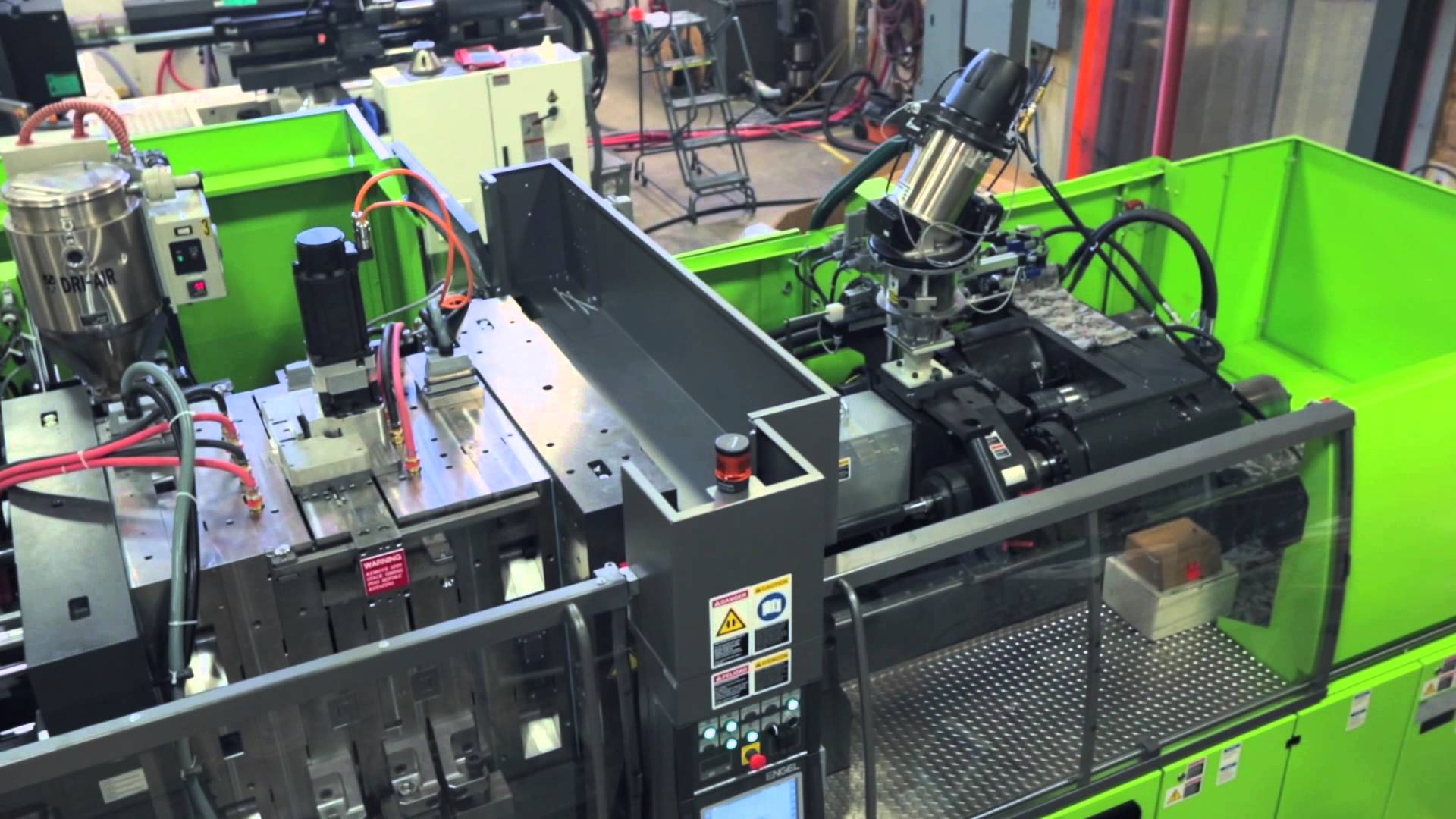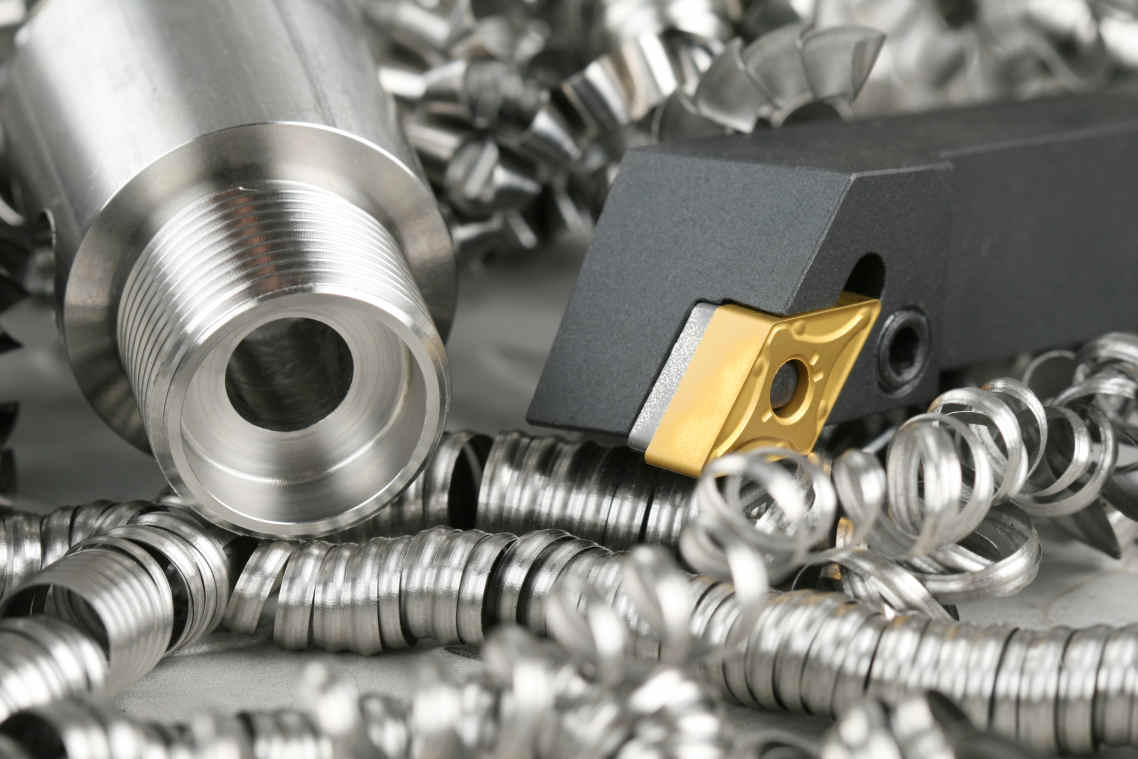mold surface treatment

Mold surface treatment technology
In addition to the reasonable cooperation of the steel strength and toughness, its surface properties are critical to the work performance and service life of the mold.
These surface properties refer to: wear resistance, corrosion resistance, friction coefficient, fatigue properties, and the like.
if it only rely on the improvement of steel , the improvement of these properties is very limited and uneconomical.
The surface treatment technology can often receive unexpected results, which is why the surface treatment technology has developed rapidly.
The surface treatment of the mold is a systematic project to change the morphology, chemical composition, structure and stress state of the mold surface to obtain the required surface properties. through surface coating, surface modification or composite processing technology can be achieved.
From the surface treatment methods, it can be divided into: chemical methods, physical methods, physical and chemical methods and mechanical methods.
Although new processing technologies aiming at improving the surface properties of molds are emerging, the nitriding, carburizing, and CVD are mainly applied in mold manufacturing.

Nitriding
The nitriding process includes gas nitriding, ion nitriding and liquid nitriding. In each type of nitriding, there are several kinds of nitriding techniques that can adapt to the requirements of different steel types and different workpieces.
Because the nitriding technology can form a surface with excellent performance, and the nitriding process has a good coordination with the quenching process of the mold steel.
at the same time, the nitriding temperature is low, and after the nitriding ,without the need for intense cooling, the deformation of the steel is minimal.Therefore, this technology was widely used very early.
Carburizing
The purpose of carburizing the mold is mainly to improve the overall toughness of the mold, that is, the working surface of the mold has high strength and wear resistance.
The technical idea introduced hereby is to use lower grade way, ie, carburizing and quenching to replace higher grade materials, thereby reducing manufacturing costs.
CVD and PVD
In order to increase the bonding strength between the coating and the workpiece surface, various enhanced CVD and PVD technologies have now been developed.
The CVD and PVD technology was first applied to tools (tools, cutting tools, measuring tools, etc.), and the effect was excellent.
plastic mold have been coated with multilayer CVD since the 1980s. Under the current technical conditions, the cost of CVD and PVD coating (mainly equipment) is high, and it is still only applied to some precision and long-life molds. If a method like establishing a heat treatment plant is adopted, the cost of coating will be greatly reduced. . More molds using this technology can improve the overall technology of mold manufacturing in China.
Pre-hardening
In the manufacturing process of molds, heat treatment is a process that most molders have used for a long time. Since the 70s of the last century, the idea of pre-hardening has been proposed internationally. However, due to the limitations of processing machine tool rigidity and cutting tools, the pre-hardening can not reach the demand of the mold, so the research and development of pre-hardening technology has get little investment.
With the improvement of the performance of processing machine tools and cutting tools, the development speed of pre-hardening technology for mold steel has accelerated.
By the 1980s, the proportion of pre-hardened steel used in plastic mold in developed countries in the world had reached 30% (currently At over 60%, China began to use pre-hardened steel (mainly imported products) in the mid to late 1990s.
The pre-hardening technology is mainly developed and implemented in mold steel manufacturers. By adjusting the chemical composition of the steel and equipped with appropriate heat treatment equipment, pre-hardened steel can be mass-produced. China's pre-hardening technology in mold industry can not meet the current domestic mold manufacturing requirements.
The use of pre-hardened mold steel can simplify the mold manufacturing process, shorten the mold manufacturing time, and improve the precision of the mold. It is foreseeable that as the processing technology advances, pre-hardened mold steel will be used for more mold types.
Comments
Post a Comment